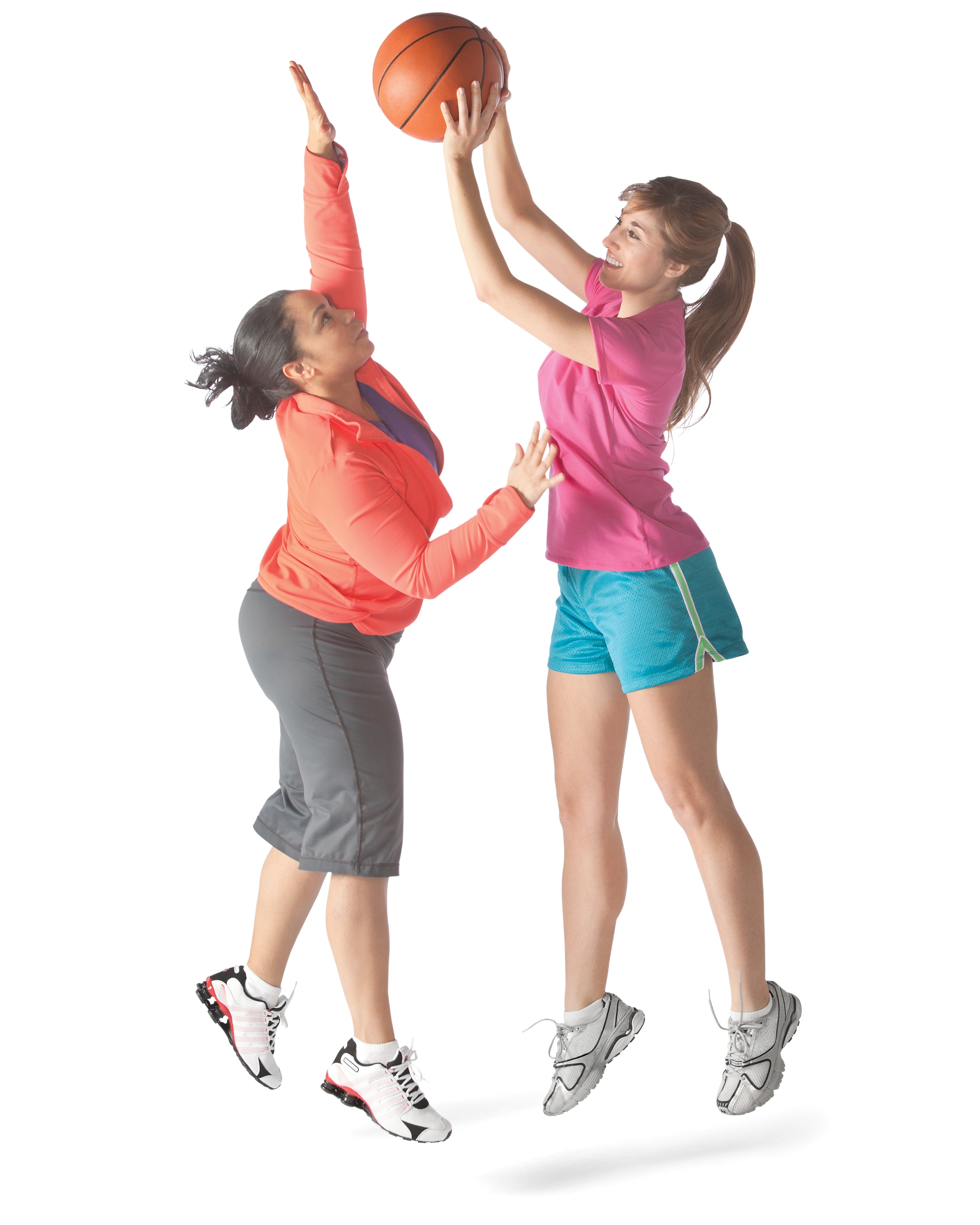Some adults think kids have it easy. It’s easier and generally acceptable for kids to be outside playing, whether it be shooting hoops, playing ball, riding a bike, throwing a Frisbee, making up games, or just messing around. For most kids, getting outside to play is fun, easy, inexpensive, and something they can do every day with their friends. All that unstructured playing adds up, and it is the only way some kids come close to meeting the weekly dosage of physical activity according to the published guidelines. Although not all kids have access to safe outdoor play spaces, or enjoy these activities, many do, and kids certainly outnumber adults. Have adults lost their interest in play? Is there a creative way to get adults out to play in the same activities they did as kids? Can we help sedentary adults inch closer to the Physical Activity Guidelines (PAG) through these traditional activities?
YMCA of the USA threw this challenge out to a select group of Ys. What can you do to get kids, and their parents, outdoors, to play every day? This group of Ys did some experimenting with various activities. Although the activities were facilitated by the Y, the activities were co-designed with the actual target audience, and organized every week by Y staff and the participants themselves. Once a week during the summer months, kids and their parents came together to play. Bike riding, games around a campfire, nature hikes, soccer or kickball – all helped these children, teens, parents, grandparents, and other caregivers increase the number of minutes of physical activity to get closer to, or surpass the reccomendations from the PAG.

Can’t forget to mention the important family bonding that occurred through these activities. While the Ys goal was indeed to increase the physical activity levels of everyone involved through play, we helped create the motivation by building connections and friendships between the families, especially child to child and parent to parent. We created a welcoming atmosphere where fun and sweat were valued over skill or winning so that everyone felt they could participate.
For eight weeks last summer, and five weeks (and counting) this summer, Ys have been stirring the interests of kids and their families to come up with fun and enjoyable (but not necessarily new) ideas to get active, and play. And it has worked. In community parks, local swimming pools, school ball fields, and city sidewalks, families are coming together with other families, to enjoy outdoor activities of their choosing, all with the goal of getting more physical activity.
We don’t have a name for any of these programs. Overall we call it Play Every Day Outdoors. All it took was organizational commitment to the PAG, a willingness to engage local families, and an open mind to try a variety of activities.
The adults told us about how much fun they were having, especially playing with their kids. Maybe kids don’t really have it easier to just go out and play. We just think they do.
What activities, old or new, do you think you can use to get more folks active and achieving the P.A. recommendations? What kind of play would you enjoy with your family, every day, outdoors?





